Now arriving at Antwerp Centraal. One of the most beautiful train stations I've ever seen. I seem to say that about a lot train stations, don't I??
Rising in the distance is the Cathedral of Our Lady.
Leaving the Cathedral, you're only steps away from the Grote Markt, with it's magnificent 16th century guildhalls. It rivals those of Brussels, but manages to feel a bit more intimate. You can definitely see that the Belgian Protestants who were forced to flee Philip II of Spain's Catholic domination of Belgium, took their aesthetic with them to Amsterdam.
Brabo Fountain. The story goes that once upon a time, a greedy, mean giant by the name of Druon Antigoon took control of Antwerp, demanding that the people pay tolls to travel the Scheldt river. If the ship captains refused, he cut off their hands and threw them into the river. Word of this evil giant reached Silvus Brabo, and he challenged the giant, and after days of fierce fighting, Brabo cut off Antigoon's hand, and threw it into the river. Brabo was declared the cities savior. It is from his name, that we get Brabant, the name of the provinces of Brussels (Walloon Brabant) and Antwerp (Flemish Brabant) and a traditional geographic name for the Low Countries of Europe.
Crucifixion scene on Drie Hespenstraat, near the Vleeshuis. This area is known as "Blood Mountain". The Vleeshuis was the guildhall of butchers, and the place where slaughtered animals were bought and sold.
Het Steen. A medieval fortress, build after the Viking incursions. It is the oldest building in Antwerp.
The Lange Wapper. A folklore character, he is a giant and trickster who tormented the Flemish people. Click the link to read more!
Scheldt River runs through Antwerp. It's the river that brought Antwerp it's wealth, as it boasts the second largest port in Europe, and among the biggest in the world.
There are many of these "little altars" on buildings in Antwerp. The story goes that the Lange Wapper couldn't bear the sight of Maria so the building and it's occupants would be protected from his tricks. Or, likely it was that during the 17th century Antwerp was under Spanish rule, and thus forced to Catholicism by Phillip II. As a result of the Protestant uprising and Dutch revolt in the North, Catholic Antwerp proudly displayed their religious symbols, placing them around their city.



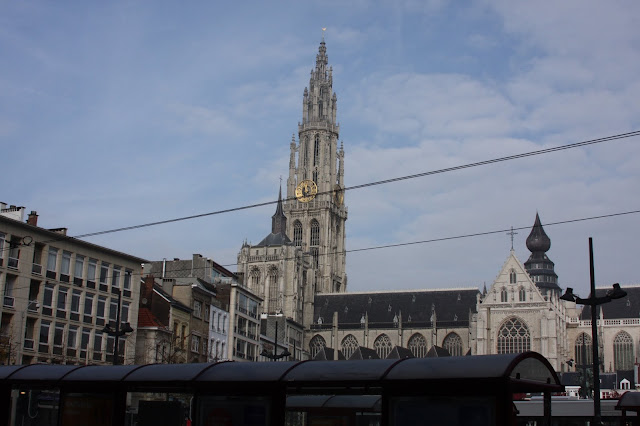




















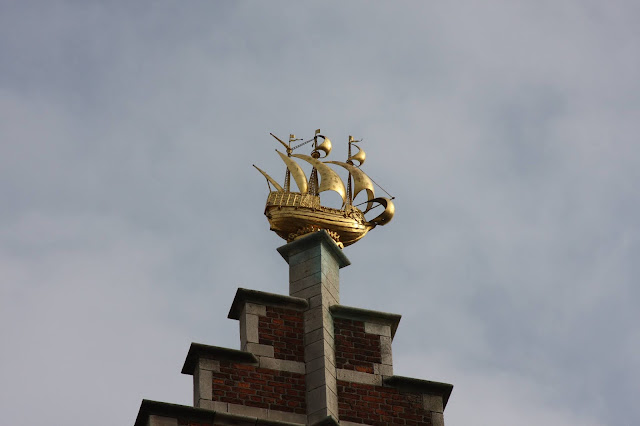
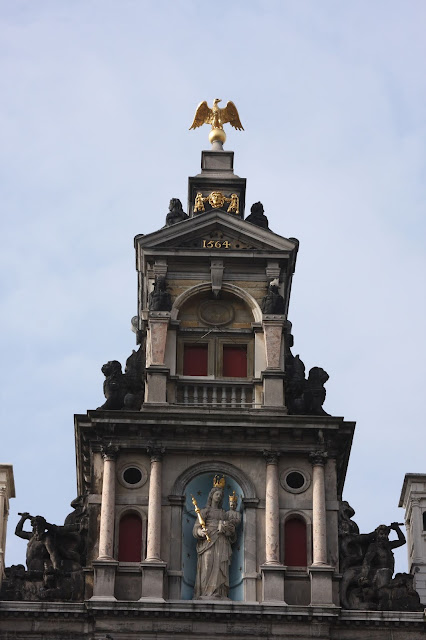


















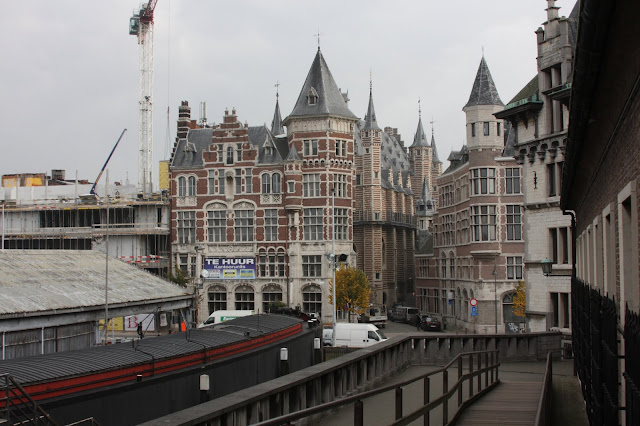




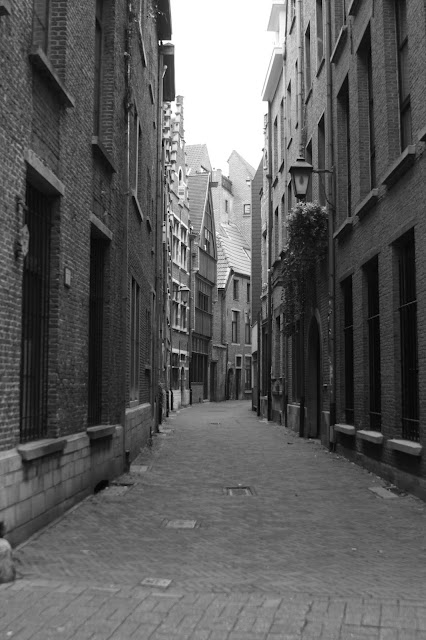




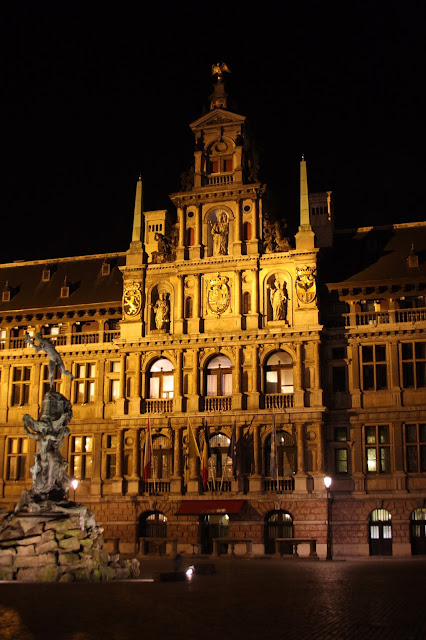
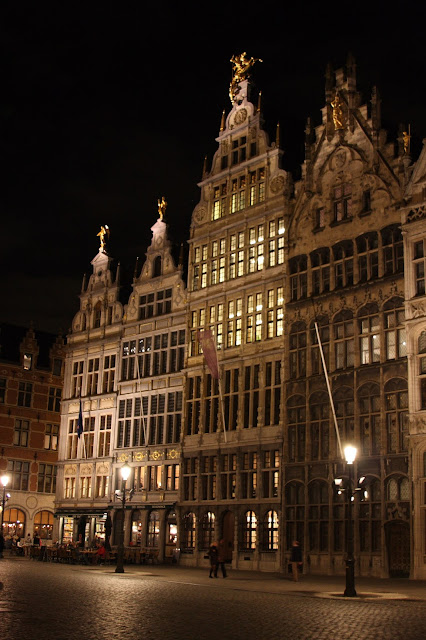
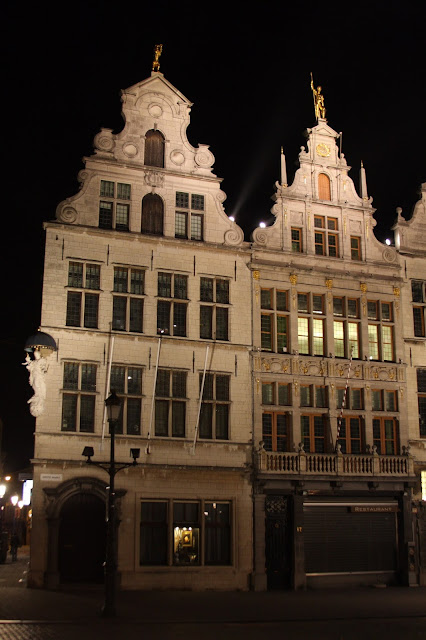

No comments:
Post a Comment